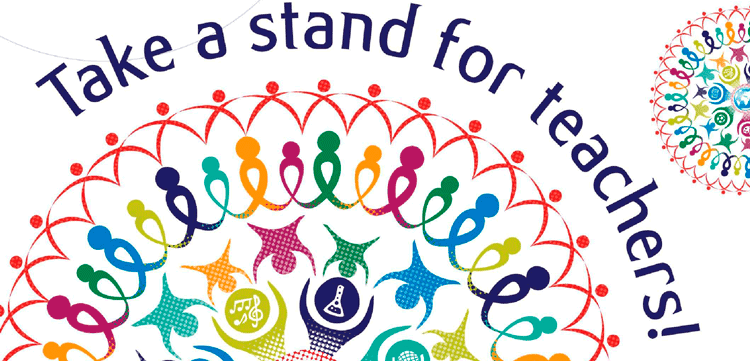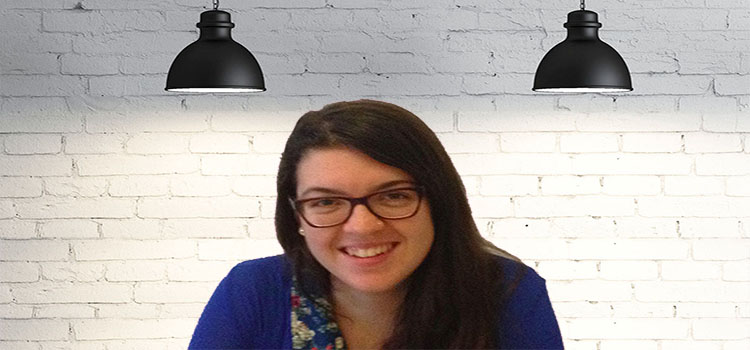Transmitting in the Classroom. What we can take from classical music.
by John Shepherd
Whether it be listening to a film director talking about his new blockbuster creation, or watching a protestor stand at Speakers' Corner in Hyde Park and tell us about what is wrong with the world, we are transfixed by the same common denominator, passion.
Used correctly, passion can transfix an audience, leave a crowd mesmerised...






